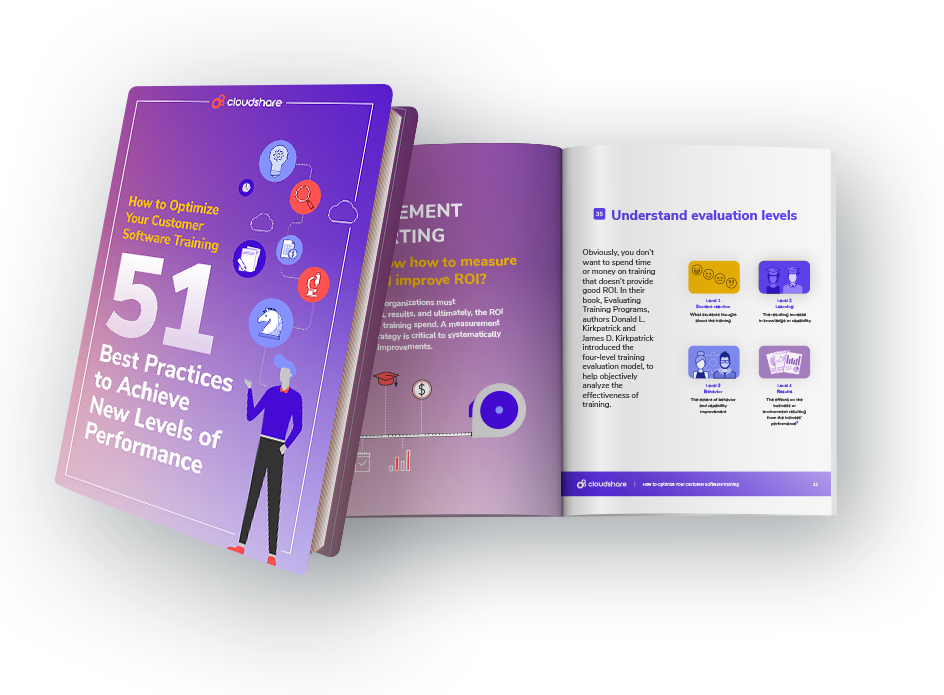
Consumer training is a way for companies to ensure that clients get the most value out of the product as possible. Providing this service raises your reputation among the customer base and minimizes the number of support tickets you will receive.
At the same time, customer training takes time, effort, and attention to develop properly. Should you charge your clients for access to the material, or is a free program more likely to benefit your organization?
Answering this question goes a long way to making sure your customer training program stays in line with the company’s objectives.
Reasons for Free Training
Giving your users a proper “head start” with your product or service is essential to keeping them on board. For example:
- Users on a free trial need a reason to upgrade to the full version.
- You can obtain a customer’s contact information and thus generate leads in exchange for free educational materials.
- Software-as-a-service (SaaS) products typically must compete with many other services whenever a membership renewal is due.
In these cases, charging for training just results in an unnecessary barrier to entry that may harm your sales in the end.
Reasons for Paid Training
Some businesses see customer training as an extra source of revenue. Other reasons for paid training are:
- Paying back the costs of hosting the training, which typically include instructor salaries and class equipment/materials.
- Providing technical certifications to the participants, essentially selling them a service.
- Giving customers a larger incentive to stick with the training program since it’s paid.
Paid plans allow you to raise client retention while also building lifetime value in your customers.
51 Best Practices to Boost Customer Software Training

How To Price and Package Customer Training
Here’s another important question: if you do choose to charge for customer training, how do you determine corporate training rates? What pricing model should you pick?
Subscription
Much like how Netflix functions, some companies charge a flat rate for complete access to all coursework for a set period. Subscription-based training aligns well with the SaaS business model and allows customers to retake certain courses if necessary.
A la Carte
The customer purchases courses individually under this model. A la carte or training on demand methodology works best if your company only offers a handful of options for classes. It also gives you the flexibility to price each course differently depending on delivery costs.
The biggest benefit is that you aren’t forced to pay for resources that you won’t use. This model lets you pick and pay for exactly what you need.
Blended
Most companies choose to provide some training for free while charging for other parts. For instance:
- You could offer free access to the materials but charge for a virtual instructor-led training class on it.
- High-value or advanced content can be priced, but basic training can be free.
- Give different prices to different types of customers, whether they are casual or dedicated ones.
Just remember not to offer too many options, or you risk overwhelming your clients with complicated decisions.
Deciding on Pricing
There are many considerations to make when it comes to pricing your customer training. If you’re only trying to break even, a flat rate per client is sufficient.
However, if you want to turn a profit, it makes sense to think about ways you can cross-sell and upsell your courses. Plus, what impact does the training have on your clients? Perhaps they submit fewer support tickets as a result or might stay with your company for longer if they have the experience.
Analyze how much value you receive from your training courses when you decide to charge for them. There is no single best option for monetizing a training program, so feel free to experiment and discuss with your team regarding the supply and demand of customer education.
CloudShare Can Help
Virtual labs are a cost-effective way to deliver online training to customers around the globe. Without the need to maintain your own servers and equipment, these types of services enable businesses of all sizes to offer customer training and raise their bottom lines.
Are you interested in adopting software packaging training for your business—but not sure where to start? Get in touch with CloudShare to schedule a personalized demo.


